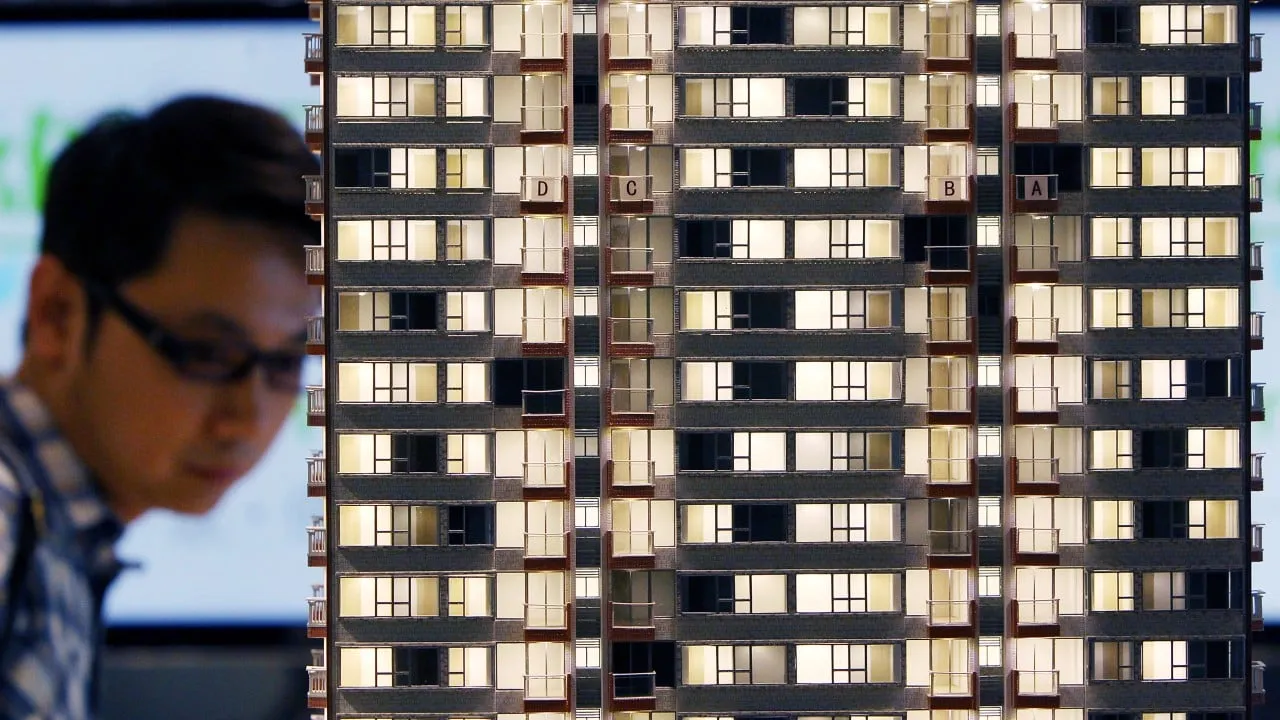Hong Kong Negative Equity Crisis: A 21-Year High in June

Understanding the Surge in Negative Equity
In June, the worth of property in Hong Kong took a significant hit, leading to a rise in negative equity cases. As reported by the Hong Kong Monetary Authority (HKMA), the number of these cases jumped to 40,713 by the end of September, representing a staggering 34% increase since June. This figure marks the highest count of negative equity cases in 21 years.
Factors Contributing to Negative Equity
The increase in negative equity cases is primarily attributed to bank staff housing loans and Residential Mortgage Loans (RMLs) that are secured under the mortgage insurance programme, typically characterized by a higher loan-to-value ratio. However, experts remain optimistic.
Stable Repayment Ability
Despite the surge in cases, experts like Eric Tso, chief vice-president of mReferral, assert that the repayment ability of Hong Kong homeowners has been largely stable for over a decade. Only 0.13% of outstanding loans had been delinquent for more than three months as of September, an increase from 0.1% in August. This indicates that most homeowners maintain reliable payment capabilities.
Outlook for Bank Lending Risks
According to the HKMA, the rise in negative equity cases does not imply an impending crisis; instead, it reflects current market challenges with manageable bank lending risks.
This article was prepared using information from open sources in accordance with the principles of Ethical Policy. The editorial team is not responsible for absolute accuracy, as it relies on data from the sources referenced.